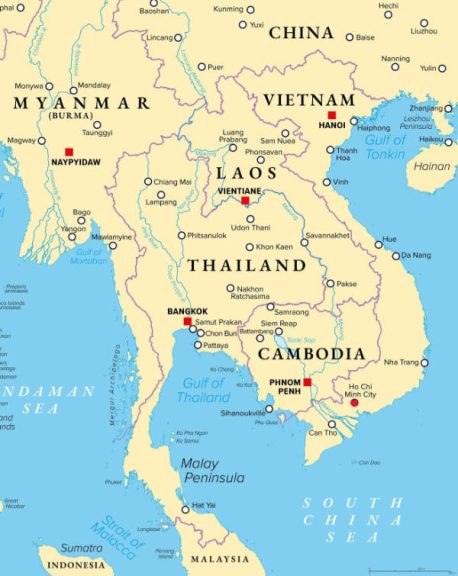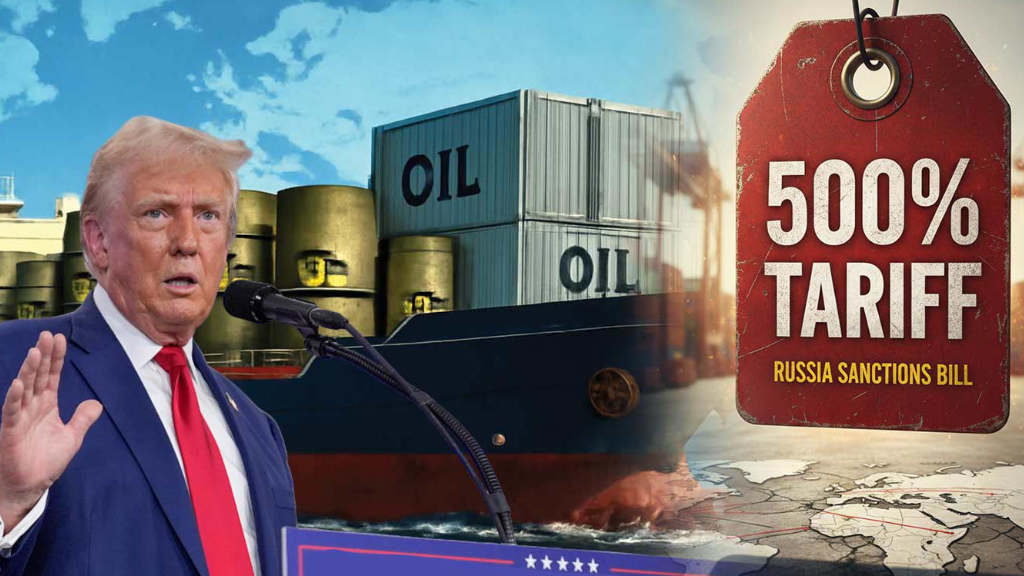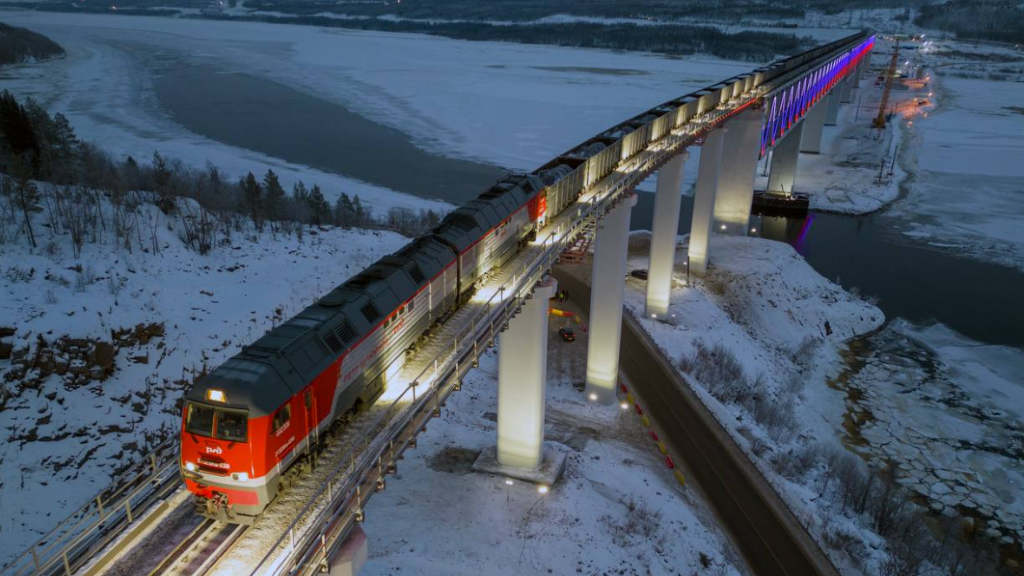The Brazilian Foreign Ministry has confirmed that Vietnam has become a BRICS partner country, saying, “The Brazilian government announces Vietnam’s official accession as a partner country.” Brazil is the 2025 Chair of the BRICS group.
According to the ministry, Vietnam has become the association’s 10th partner, and stated that the country “shares with BRICS members a commitment to a more inclusive and representative international order.” With a population of nearly 100 million people and a rapidly developing economy that is firmly integrated into global value chains, Vietnam is an important player in Asia.”
Brazil took over the BRICS presidency from Russia on January 1. At the group’s summit in Kazan, Russia, from October 22-24, it was decided to create a category of partner countries. The first partners were Belarus, Bolivia, Cuba, Kazakhstan, Malaysia, Malaysia, Thailand, Uganda, and Uzbekistan. Indonesia was also initially named as a BRICS partner, however on January 6, Brazilian authorities announced that the country had become a full member of the group. On January 17, the Brazilian Foreign Ministry announced that Nigeria had become a BRICS partner.

Vietnam lies on Southeast Asia’s eastern seaboard, allowing it to act as a gateway to ASEAN for Russian products via Russia’s Far Eastern Ports and as a conduit for ASEAN products to access Russia. Vietnam also has a free trade agreement with the Eurasian Economic Union, making it something of an Asian pioneer in the region.
Russia’s trade with Vietnam reached US$7.1 billion in 2021, then experienced a dip as the logistics issues created by Western sanctions hit the bilateral trade growth. Bilateral trade in 2023 essentially halved to about US$3.6 billion. However, this is now rebounding; in 2024, bilateral trade reached US$4.59 billion, a 26.4% increase compared to the previous year, according to the Vietnam Economic Times. Vietnam’s exports to Russia were US$2.34 billion, up 34.5%, while imports were US$2.25 billion, up 19%.
This positive trend appears to be continuing. This year, Vietnamese tuna exports, for example, increased by 15% in Q1, while Russian exports of food to Vietnam have increased 27% in 5M 2025.
Russia is also a critical exporter of modern weaponry to Vietnam, making the country the largest buyer of Russian weapons (around 70% of the country’s arms come from Russia) in Southeast Asia. Vietnam exports a range of goods to Russia, including electronics, textiles, and agricultural products such as coffee, pepper, seafood, and footwear. Vietnamese frozen prawns, for example, are now commonly available in Russia. The Russian tourism flow to Vietnam is also increasing.
Russia is also an investor in Vietnam and had 123 projects valued at up to US$1 billion at the end of 2023. Most of the Russian investments are focused on natural resource extraction and can be expected to grow. There are also expectations that Russia’s nuclear industry may invest in the country, as Vietnam’s fast-growing economy requires more energy.
In contrast, Vietnam has invested in 17 projects in Russia with a total worth of some US$1.63 billion (which is 7% of all outbound Vietnamese investment). The Vietnamese dairy industry is a large investor in Russia, with the Vietnamese company TH-True Milk, the largest modern manufacturer of dairy and agricultural products in the country, announcing plans to invest around $2.7 billion in the Russian economy. This involves the construction of farms and processing facilities in the Moscow, Kaluga, and Tyumen regions; Bashkiria; and Primorsky Krai by the end of 2025. Vietnam’s per capita milk consumption is growing, with the dairy market expected to grow from 159.6 kilotons in 2021 to 375.1 kilotons by 2030.
Another area of potential Russian investments in Vietnam is cybersecurity services. Russian technologies from large companies such as Kaspersky Lab and Rostelecom, or lesser-known Russian IT firms that are not subject to Western sanctions, can become an important auxiliary tool for Vietnam.
One of the most prominent areas of economic cooperation between Russia and Vietnam is in the oil and gas sector. Companies like Gazprom and Rosneft from Russia have collaborated with PetroVietnam on several projects, both within Vietnam and in Russia.
A notable collaboration between the two countries was the joint venture between Kamaz and Vinamotor to produce Kamaz trucks in Vietnam. Russian companies have also shown interest in developing Vietnam’s railway infrastructure. Past projects have included modernizing the railway line connecting Hanoi and Ho Chi Minh City.
Presently Russia and Vietnam are also interested in developing seaborne connectivity, and the natural geographic area for this is Russia’s Far East. This success limits the deficiencies the two countries have historically had—geographic constraints that precluded closer and quicker trade relations and that, with better logistics services, have now become robust. In 2024, new multimodal logistics routes were launched from Vladivostok’s ports, with the Vietnamese port of Ho Chi Minh City becoming a significant transport hub for Russian companies for further deliveries to other countries in Southeast Asia and the ASEAN markets in particular.
In January 2025, Russian Prime Minister Mikhail Mishustin paid an official visit to Vietnam, following which the parties agreed to develop rail and sea transport links, which will increase trade turnover and reduce logistics costs. Expanding logistics capabilities, modernising infrastructure and simplifying customs procedures will significantly increase supply volumes and improve the competitiveness of products in the markets of both countries.
For more market intelligence concerning Russia and Vietnam, please click here.
Further Reading






